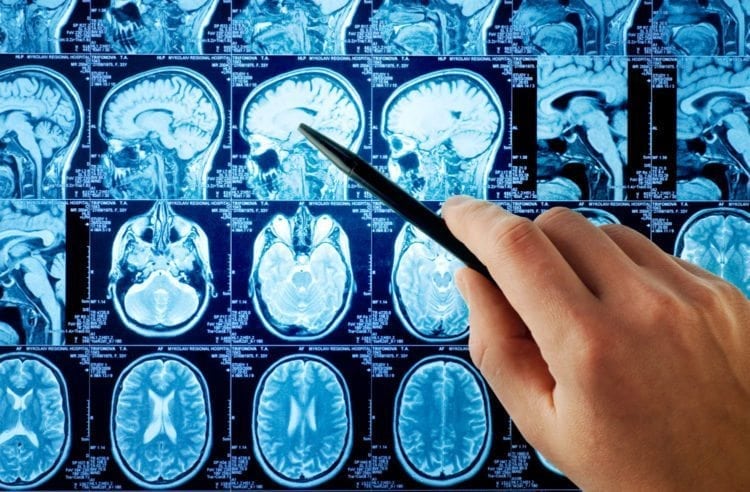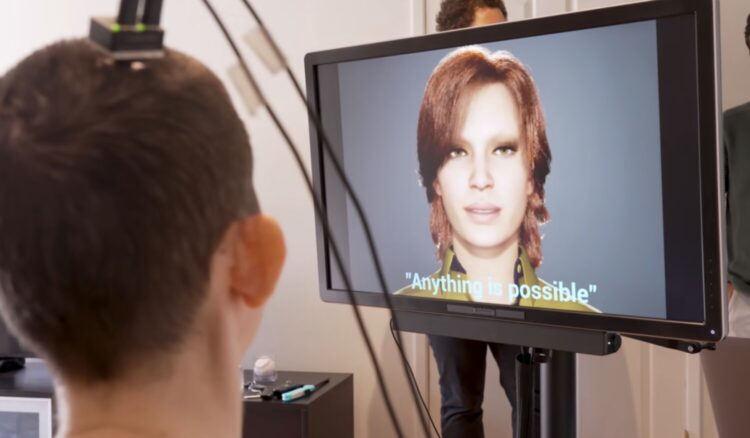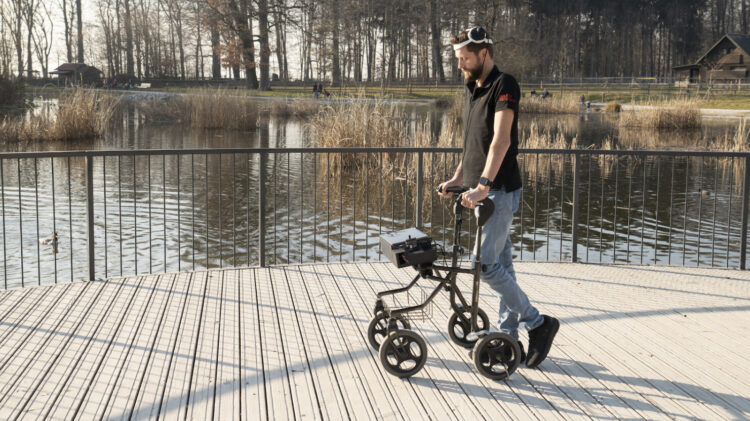How To Spot The Critical Signs Of A Brain Aneurysm
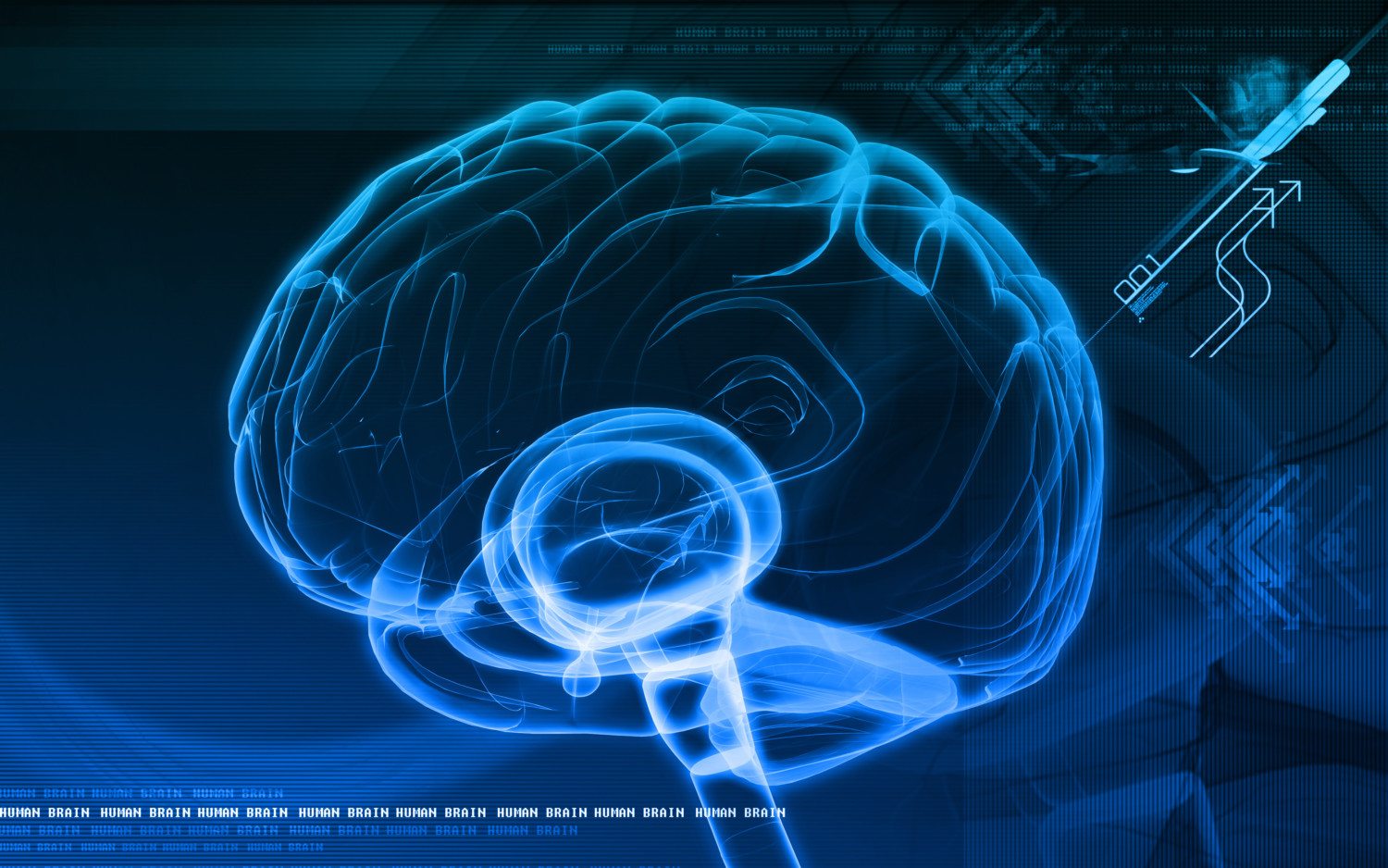
It feels like getting hit in the back of the head with a sledgehammer.
That is how Dr. Mark Bain, a neurosurgeon with the Cerebrovascular Center at the Cleveland Clinic in Ohio, described the pain of a ruptured aneurysm to Everyday Health.
When an aneurysm ruptures, blood spills into the space around the brain, giving affected patients the “worst headache of their life.”
And that’s exactly how Lisa Colagrossi, a mother of two and a respected news journalist in New York City, described her pain.
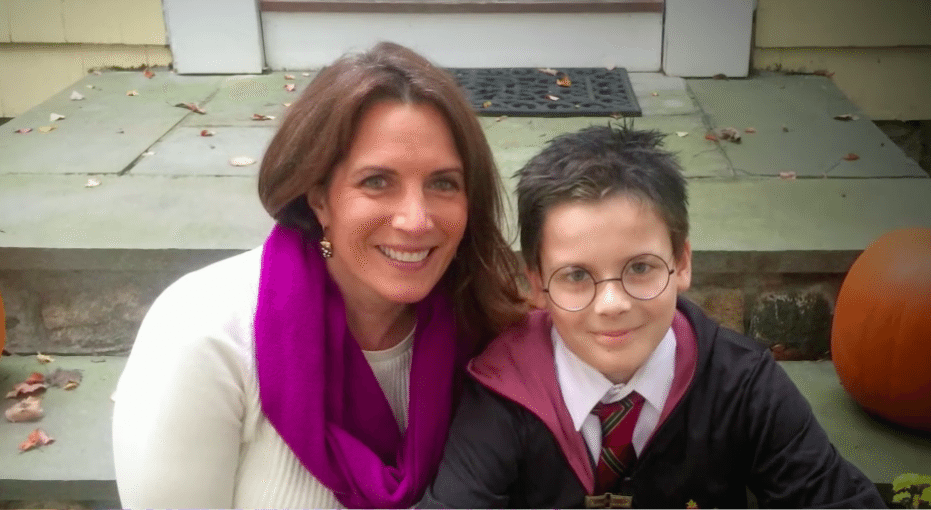
“She said it felt like her head was going to explode,” her husband Todd Crawford told Prevention.
Along with her terrible headache, Crawford explained, his wife had a few of the other classic symptoms including a stiff neck, a tingling sensation in her face and sensitivity to light.
“The headache would last a couple of hours, and then it would subside for a day or two,” Crawford said. “We talked about her getting it checked out, but she didn’t feel like she had time, so we dismissed it.”
Tragically, those symptoms were the signs of a ruptured aneurysm that would claim Colagrossi’s life just three weeks after they started.
Driving Awareness About The Warning Signs
Since her death in March 2015, Crawford has worked hard to make sure other people do not ignore the warning signs. He has created The Lisa Colagrossi Foundation to create public awareness of those signs and symptoms.
“One thing that has haunted me more than anything else is, how could we not have known?” he said. “The more I looked into aneurysms, the more I found that there’s no one out there talking about them, and there’s very little public education about the warning signs.”
The foundation even paired with Whoopi Goldberg and CVS Pharmacy to launch a National Brain Aneurysm Awareness campaign:
We have joined forces with two of the best in @WhoopiGoldberg and @cvspharmacy to launch a one-of-a-kind National Brain Aneurysm Awareness campaign. We can't thank them enough. Click here to learn more and read the press release issued this morning. https://t.co/vZON0fLUpn pic.twitter.com/Dp4ogGxruC
— The Lisa Foundation (@LisaFoundation) September 5, 2018
RELATED: Healthy 20-Year-Old Woman Didn’t Know She Was Having A Stroke
Symptoms Of A Brain Aneurysm
The foundation urges you to seek medical attention immediately if you experience any of these symptoms:
- Sudden WHOL—worst headache of life
- Extreme sensitivity to light
- Sudden stiffness of neck
- Abrupt sharp pain behind or above one eye
- Sudden blurred or double vision
- Numbness and tingling in facial area
- Sudden loss of consciousness
- Increased confusion or change of mental status
- Seizure
- Perceived “gun shot” noise or extremely loud “BOOM”
- Drooping eyelid
- Nausea and vomiting
Quick medical attention could mean the difference between life and death.
Steps To Determine If You Have A Brain Aneurysm
To determine if you have an aneurysm, doctors will order a series of tests that may include one or several of the following: a CT scan (CAT scan), a cerebrospinal fluid test, an MRI and a cerebral angiogram.
The Mayo Clinic notes that screening for unruptured brain aneurysms is “generally not recommended,” except in some cases where there is a genetic predisposition to an aneurysm (described as “a parent or sibling who has had a ruptured brain aneurysm, particularly if you have two such first-degree family members with brain aneurysms”).
Certain congenital disorders can also increase your risk of an aneurysm.
Factors That Can Increase Your Risk
The clinic also highlights the following factors as leading to an increased risk of an aneurysm:
- Older age
- High blood pressure (hypertension)
- Hardening of the arteries (arteriosclerosis)
- Drug abuse, particularly the use of cocaine
- Head injury
- Heavy alcohol consumption
- Certain blood infections
- Lower estrogen levels after menopause
- Smoking
If you have any concerns about your health or your likelihood of having a brain aneurysm, you should contact your doctor.
RELATED: Brain Cancer Survivors Pay It Forward





